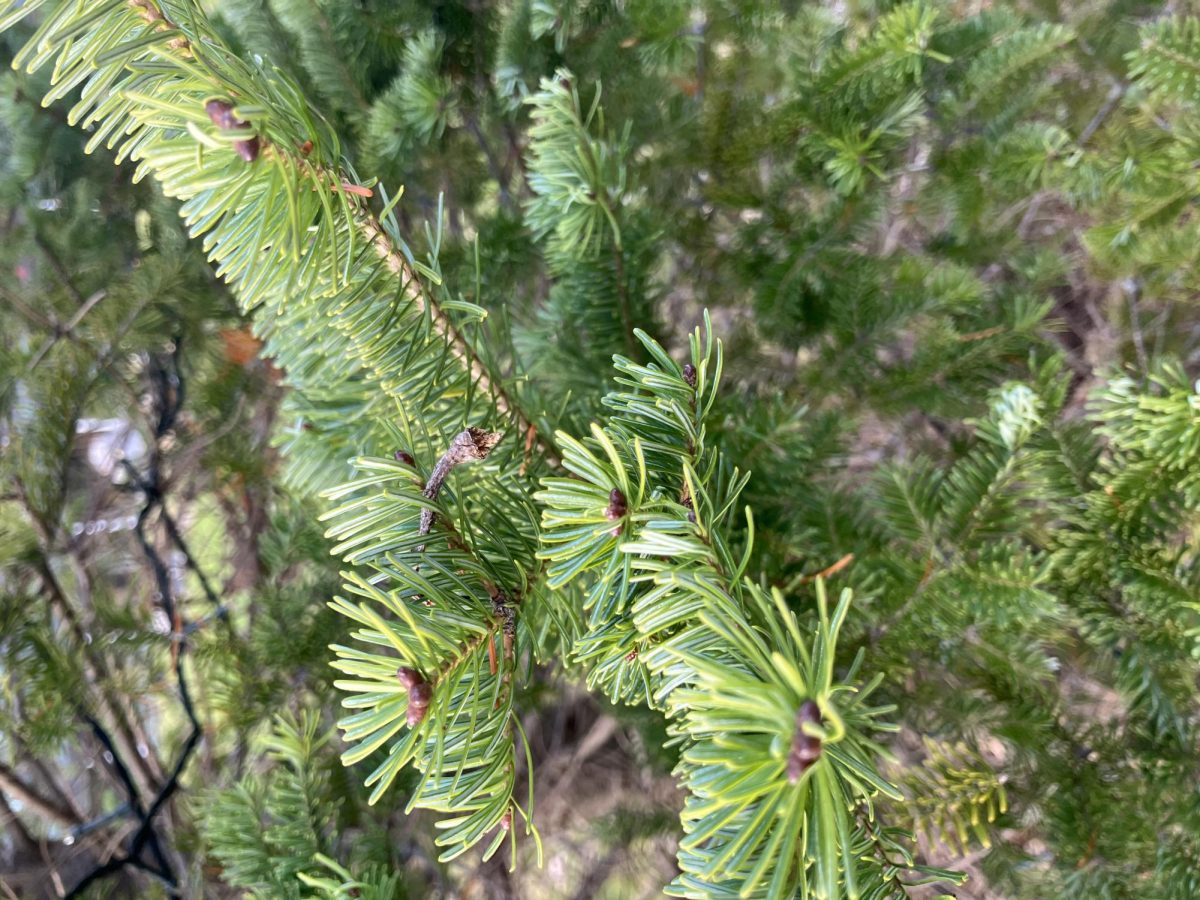
Yes, they’re cute. Yes, they’re determinedly marching around in freezing weather without tiny jackets and hats. No, they don’t want–or need–our help. Despite their delicate appearances, woolly bear caterpillars can survive in temperatures as low as minus-90 degrees Fahrenheit.
Also known as Phyrrhartica isabella, woolly bears are native to the United States and Southern Canada. It’s not uncommon to see these little critters crossing the road in the fall; when temperatures drop, they start looking for a place to overwinter. If you find a woolly bear trying to cross the road, feel free to lend them a hand.
But please, please don’t bring them inside. As odd as it sounds, the best thing for these caterpillars is to be outside in the cold. When brought inside, they’ll warm up very quickly. This might sound like a good thing, but it’s really not. A warmed-up caterpillar won’t have anything to eat (and shouldn’t be eating much in the winter). Furthermore, warming them up makes them very sluggish and more of a target for predators.
In order to survive often-harsh winters, woolly bear caterpillars produce a substance known as glycerol. Fascinatingly, this substance works as an antifreeze in their bodies; although they slowly freeze as the weather gets colder, their vulnerable inner cells are protected. They’re even able to survive completely encased in ice.
Despite the fact that their frosty survival is quite remarkable, these caterpillars often don’t spend the entire winter frozen (unless the weather requires it). If the temperatures are above freezing, they “defrost.” And this is why seeing a woolly bear out and about during a warm spell in the winter is completely normal: they can repeat this freezing-and-thawing cycle quite happily throughout the winter.
When spring rolls around, they begin to pupate. (The term pupate quite literally means “to become a pupa.”) They produce cocoons that are just as fuzzy as their caterpillar instar and spend roughly 1-3 weeks inside before emerging as their final form: the Isabella tiger moth.
While moths as a group have gotten a bad rap because of the harmful actions of some destructive species (like the spongy moths), both the larvae and moths of Phyrrhartica isabella are harmless and beloved for it. They do little damage to crops, feed local wildlife, and are overall quite charming garden friends.
Isabella tiger moths are stunning creatures; their overall effect is a sunset with wings. Unfortunately, they really don’t live that long; most only make it two weeks. But before they die, the female moths lay around 100 eggs, and the next generation of caterpillars is born to happily amble across roads & encase themselves in ice.






